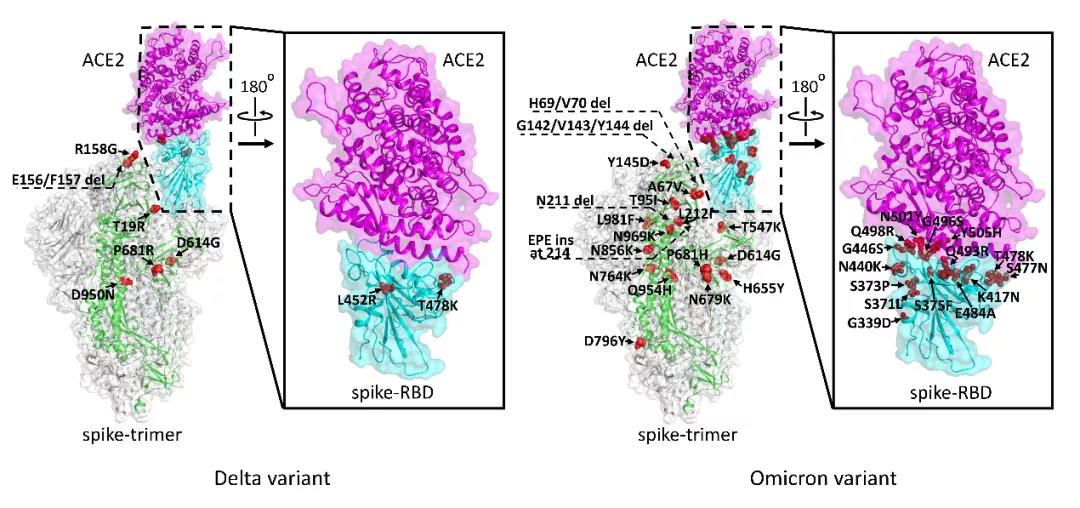MedComm | SARS-CoV-2 Omicron variant: Characteristics and prevention

Open the phone and scan
Coronavirus disease 2019 (COVID-19) has brought about a great threat to global public health. Recently, a new severe acute respiratory syndrome coront under monitoring (VUM) by World Health Organization (WHO). Two days later, the Omicron variant was classified as a variant of concern (VOC). This variant harbors a high number of mutations, including 15 mutations in the receptor-binding domain (RBD) of spike. The Omicron variant also shares several mutations with the previous VOC Alpha, Beta, and Gamma variants, which immediately raised global concerns about viral transmissibility, pathogenicity, and immune evasion. Here authors described the discovery and characteristics of the Omicron variant, compared the mutations of the spike in the five VOCs, and further raised possible strategies to prevent and overcome the prevalence of the Omicron variant.

The Coronavirus disease 2019 (COVID-19) pandemic has been surging for almost two years. More than 260 million confirmed cases have been reported according to the statistics of the World Health Organization (WHO), including over five million deaths.1 The original severe acute respiratory syndrome coronavirus 2 (SARS-CoV-2) virus that was identified at the end of 2019 had evolved and a variety of variants emerged. In order to prioritize monitoring and research of these variants, WHO has classified them into three categories: variants of concern (VOCs), variants of interest (VOIs), and variants under monitoring (VUMs). The previous four VOCs include Alpha (B.1.1.7), Beta (B.1.351), Gamma (P.1), and Delta (B.1.617.2).2 They all resulted in a new wave of pandemic and thousands of deaths in more than one country and area, and even across the whole world. On November 26, 2021, a new variant named Omicron (B.1.1.529) was designated as the fifth VOC by WHO, which immediately raised global concerns.

Landscape of spike mutations in the Delta (left) and Omicron (right) variants
Article Access: https://doi.org/10.1002/mco2.110
Website for MedComm: https://onlinelibrary.wiley.com/journal/26882663
Looking forward to your contributions.


